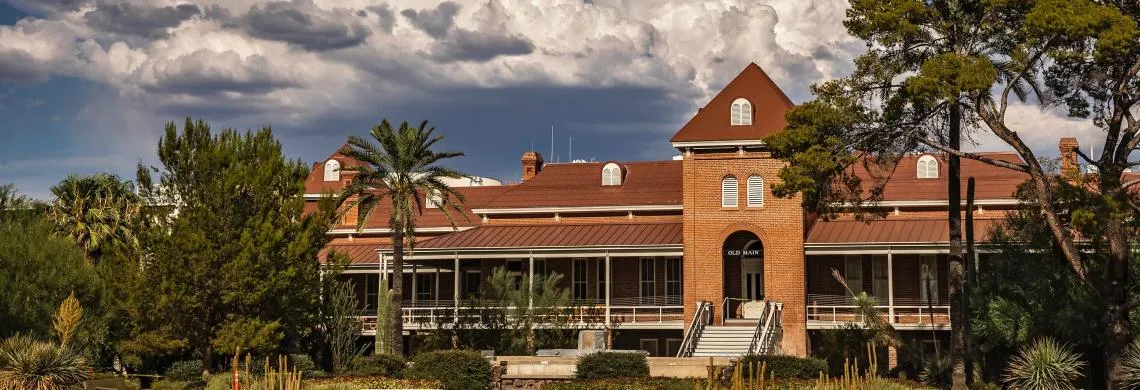Finding Navajo History in the Trees
Chris Guiterman feels an urgency to help uncover knowledge about culturally modified trees on the Navajo Nation.

The trees he studies are around 200 years old and vulnerable to drought and fire. They could also potentially be cut for development and road widening.
“If we can document and preserve these trees in perpetuity with photographs and notes and tree cores, that's a huge contribution to the history of the Navajo people,” said Guiterman, an assistant research scientist at the University of Arizona Tree Ring Laboratory.
Guiterman is collaborating with the Navajo Nation Heritage and Historic Preservation Department to document and tree-ring sample one of the Southwest’s largest and most dense clusters of culturally modified trees.
A culturally modified tree is one that’s been altered. Most of the trees Guiterman is examining have peel scars, where someone once peeled off a section of bark to reach the nutrient-rich layer under the bark, known as cambium.
“People have discovered a large variety of uses for cambium, including food and medicine and ritual,” he said.
Initial data suggest the Navajo trees were peeled in the mid-19th century during a tumultuous time that included the Long Walk, when the federal government forced the tribe’s members to relocate from their traditional lands by walking 300 miles.
While some individual tribe members can tell stories of tree peeling that were passed down from older generations, no formal documentation exists, and no one knows exactly when and why trees were peeled on the Navajo Nation. William Tsosie, Guiterman’s chief collaborator from the Navajo Nation Heritage and Historic Preservation Department, is collecting accounts as part of the project.
“The human side of it is comes from my colleagues doing the ethnographic research. I'm able to provide a really solid footing in terms of knowing the exact year for every peel scar we can sample,” Guiterman said.
The seed fund grant allows Guiterman to begin the project and collect enough data to form the basis of larger proposals.
“I intend to submit the results to other funding agencies to try to procure a much larger sum of funds so we can sample every culturally modified tree that we can possibly find on the Navajo Nation,” he said.

